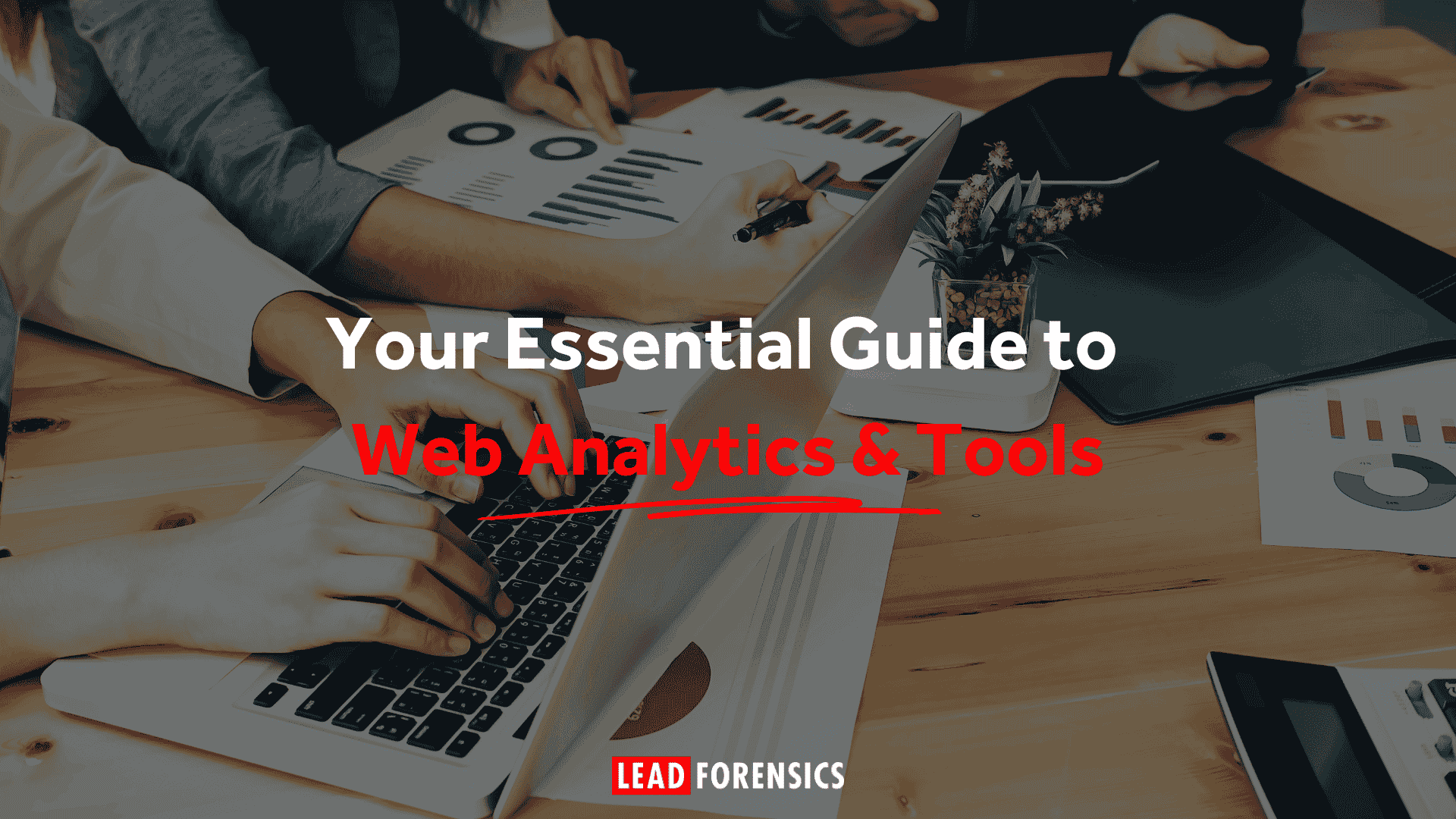What is an infographic?
In simple terms, infographics are basically a visual representation of a set of data or information. Usually, an infographic will explain something and, by concentrating on the visual aspect, achieves this in a very different way to words.
But there are drawbacks.
As the saying goes: ‘If I had more time, I would have written a shorter letter’, but being succinct and to the point is not an easy task. If you use Twitter, then you’ll know the feeling (especially when you first start getting to grips with the character limit).
Infographics are no different. The more complicated and convoluted they are, the more uninteresting they will become and the less well they’ll work.
Data visualization is a science in itself, as the famous TED talk by McCandless “The Beauty of Data Visualization,” explains it well.
The best and most effective infographics will be interesting, easy on the eye and contain great content. But that’s hard to achieve. It isn’t as simple as throwing a couple of charts together and using colorful boxes. A lot of preparation needs to go into it.
The reward for all your hard work will be a great piece of content that helps spread your message. A good infographic with interesting points is likely to be shared across the web, helping you get in front of new audiences.
What makes a good infographic?
- Infographic format
- Supporting content
- Accuracy
- Design
- Technical aspects
Infographic format
Infographics aren’t necessarily always for digital use. They may well be useful when printed out too. You would need to think about different formats for both these cases. Online, infographics work best when they are up to a max width of 735 pixels and no longer than 5000. But for print, you’re probably best considering traditional sizes, such as A0-A6, so they can be printed off for the wall, or used as a pocket reference guide.
Supporting content
An infographic also doesn’t have to be a stand alone item (although that often works well too). Think about how you could supplement it with an article, eBook, or any other kind of content, perhaps explaining the concept in greater detail.
Accuracy
Make sure your data and information is 100% correct and accurate. Always quote your sources. Not only does it add credibility to your own content, but it can do a lot of harm if you’re caught out misrepresenting information.
Design
The overall design is a key component of any infographic. It certainly isn’t something that can just be thrown together. While it will most likely need to fit with your overall branding style, it doesn’t have to. But at the very least, always include your logo and contact details. Making decisions over color palettes, design elements and overall arrangements takes skill. It’s best handed over to a professional, if you want to ensure you achieve the best results. And always remember, the less text the better.
Technical aspects
Make sure that your infographic is as easy to share and embed as possible. Think about including tracking into the embedded link, so you can track how it spreads.
Should we be creating infographics?
The first question to ask when embarking on making an infographic is – what is its purpose? Why do you want to make an infographic, what’s the goal?
If you answered ‘because everyone’s doing it and it might go viral’ then that’s the wrong answer.
The right answer would be something like ‘we have this really interesting, but complex data, and we want to present it an easy to grasp way’.
Maybe you did a survey, or want to demonstrate a model or process. There are loads of reasons you may be considering doing an infographic. Just make sure it’s about the data itself and not just because you fancy having an infographic. At the end of the day, it’s nothing more than a medium that can be used to share information. Don’t force it.
When may an infographic be appropriate?
- When it’s easier to show something visually than write about it
- When you have a clear purpose
- When the information you want to spread is genuinely interesting
- When you can ensure the end result will be excellent quality
- When you have the budget to do all the above
Types of infographic
A timeline
Perhaps you want to present information along a specific timeline. These are the infographics that will lead you along a path – usually time related (obviously) – that may cover the ‘who’s’, ‘what’s’ and ‘when’s’.
Relationships / hierarchies / structures
Quickly and clearly explaining how things relate to each other can often be a difficult thing to do. Infographics can help make such information understandable. An organizational chart (organigram) for a company would be one example. It might show the overall structure and how job roles relate to one another.
Making sense of data
Data comes in many forms and can show everything from patterns to trends and forecasts. Numbers always tell a story, but they need to be interpreted if they’re to make sense. An infographic does that for you. Certain visualizations will work better than others. As a general rule, sticking to tried and tested ways of showing data will usually work better than going for a completely innovative design. You want your infographic to be understood, first and foremost, so keep that in mind. There’s a nice overview of the most common ways to visualize data here: The Data Visualisation Catalogue.
Describing the abstract
Processes, plans and concepts are sometimes hard to describe, or may take time to explain in words. If you sit back and consider a way to show it visually, it could be the simplest way to get across the abstract concept. For example, a simple but effective way to present a ‘How to Guide’ may be as an infographic that guides the viewer through the process step-by-step (think Ikea instruction manual).
What’s inside – describing contents
Another form of information that lends itself well to visual representation, is how something is made – the parts that go together to create it. If we can’t look inside an object, then an infographic can break it open for us and explain what’s happening inside.
Gathering of information
Less inspiring are lists of information, but in certain instances a list-style infographic can work well. Just make sure there are some strong visual elements used as part of the design, such as a visual representation of some of the items on the list.
A step-by-step guide to creating your own infographic
- Define your goal
- Consider the target audience
- See what others are saying
- Prepare a brief
- Think what data is needed and where you can get it
- Be clear on the story the data is telling you
- Experiment with storyboards
- Decide how to present the data
- Fix the elements of your infographic
- Write the copy
- Create the final design
- Test and refine
- Publish
Define your goal
The purpose of the infographic is the most important question you need to answer. Why do you want an infographic? What should it achieve? Why is it a good idea to present your information in this way?
Consider the target audience
Consideration for the target audience of your infographic is also important. It will only work if the people who it is intended for will be interested in it, find it easy to follow and think it is good and worthy of sharing. The wording, style and design should all be guided by your audience. Are they more focused on numbers? Then perhaps it’s better to show those prominently. Are they a more creative audience? Then perhaps focus more on the colors and other creative concepts. Take a step back and ask yourself, is the audience likely to interact with the infographic? If not, then consider alternative forms of content that might work better, such as a white paper or video.
See what others are saying
Start by searching the internet for infographics on the topic you want to cover. Pinterest can be a helpful starting point for this. Unless your data is truly unique, it’s very likely that someone else has already explored the subject. But just because it’s already been done, doesn’t mean you shouldn’t tackle it. You just need to ensure you create a higher quality infographic. Maybe explain the data better, make it easier to understand, or simply make it visually more appealing. Even if it hasn’t been done, you can us this research to borrow ideas from similar or related infographics and adapt them to your own.
Prepare a brief
Having stated your purpose, considered your audience and done some research, it’s now time to put it all together in one brief. Everyone working on the content and design should have a copy, so they’re up to speed and actively working towards fulfilling a clear brief.
Think what data is needed and where you can get it
It’s then time to pull the data together (if you haven’t already). This task can actually be a fairly complex activity. Not all data is equal, it won’t all be necessary and it may not all be accurate. Be sure to spend a good amount of time making sure your data is of the highest quality and from reputable sources.
Be clear on the story the data is telling you
When it’s time to create your infographic, the key question to answer is ‘what story is the data telling? Listing numbers in a spreadsheet is a simple enough task. But what story do these numbers tell you? Pick some key stats, get creative and make sure it tells the same story as the data.
Experiment with storyboards
In the movie industry, they take a script and illustrate each scene to create a storyboard. It helps the makers of the movie have a visual overview of the entire project. It is a tried and tested method you can also apply to creating an infographic. You don’t need to be a great artist, simply sketch out the individual steps, or parts of your infographic and arrange them accordingly. You could put the steps on a sticky note on the wall or a whiteboard, then move them around to find the best flow.
Decide how to present the data
With the information you now have, it’s time to decide which will be the best way to show off your data. If you have already put it together, revisit it. Check, is there another way you could present the information? Think every possibility through, before you finally decide on one. Perhaps show some team members a rudimentary outline and ask if they can make sense of it.
Confirm the elements of your infographic
This stage is about defining the various elements of your infographic. There are three major categories you need to include:
- The data itself and how it will be visualized
- The description of the data and any labels (never present data without labels)
- Guidance for the viewer (how you will lead their eyes from one point to the next)
Write the copy
Saying more with less, that’s key with an infographic. Use an experienced copywriter who will be able to get it absolutely right. The fewer words you use, the more succinct and appropriate they need to be. Eliminating meaningless fluff is a top priority.
Create the final design
Finally, it’s time for your designer to work their magic and put it all together. Use a professional for this, so you get a high quality output.
Test and refine
Before you press go on your infographic, test it. Now you have the version you want to publish, getting good feedback is vital. Starting over from scratch at this point is never a good idea, which is why you want to test your entire infographic concept and outline during the process. In this last step, only concentrate on minor changes – for example, if you need to make things bigger or smaller, or change a color here or there.
Publish
When it’s time to publish your infographic, you have several options to explore. Your digital infographic should be shared anywhere you can possibly think of that’s appropriate – across all your social media channels, on your website, inside white papers and eBooks, issued in conjunction with a press release, etc. There are also many infographic submission sites, which you may want to investigate too.
As for a printed version, think outside the box.
- If you have a public space, you can hang it there for people to see
- Have it sent to specific key leads or customers who might appreciate it, to hang up in their offices
- If you do events, you may want to print it on a stand-up banner and have it at all the events you go to
- You could even print out a smaller reference card for all your sales reps, as another way to get the infographic out there
Infographics certainly take quite a bit of effort to get right, but if you take your time and think it through, considering all the tips we’ve given you, then it will be worthwhile – you’ll end up with a high impact content asset.








